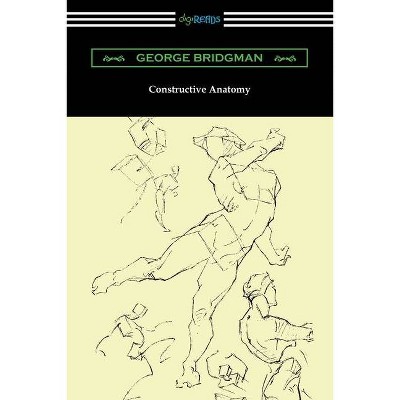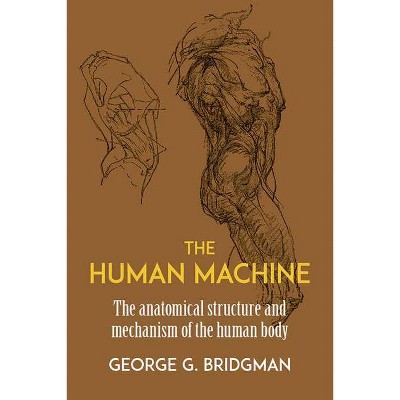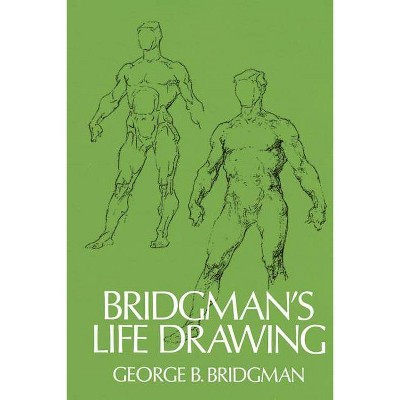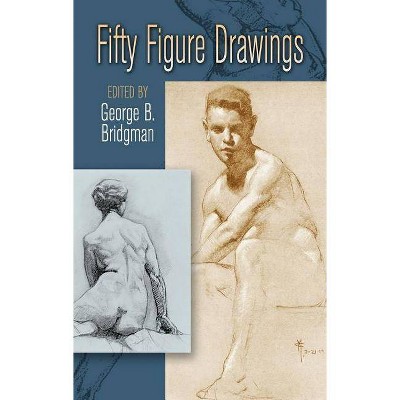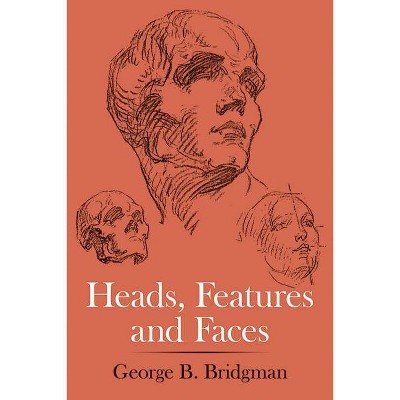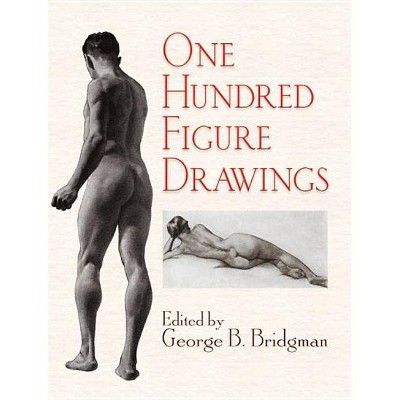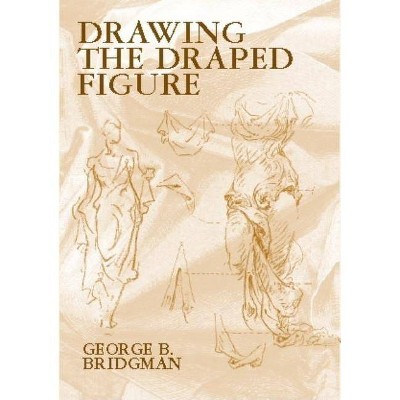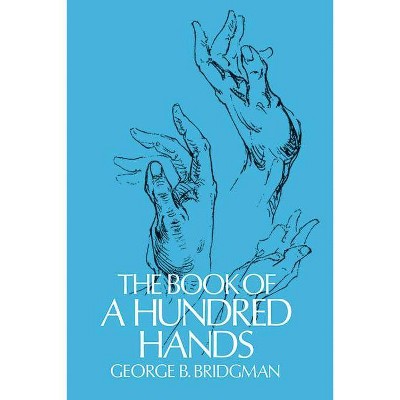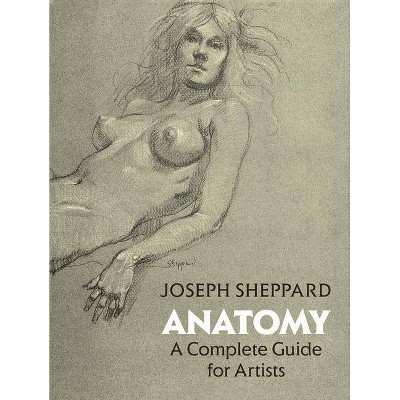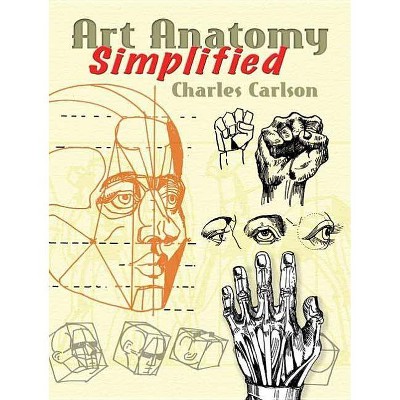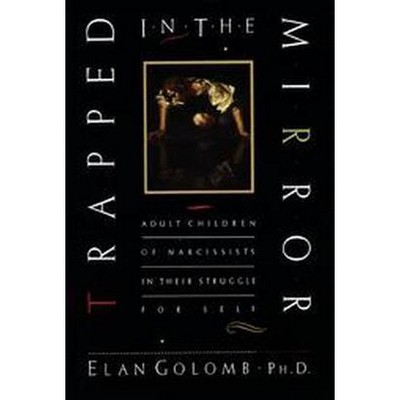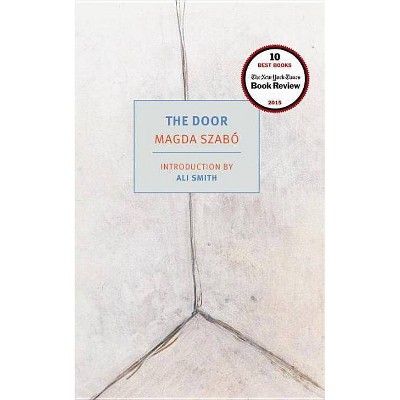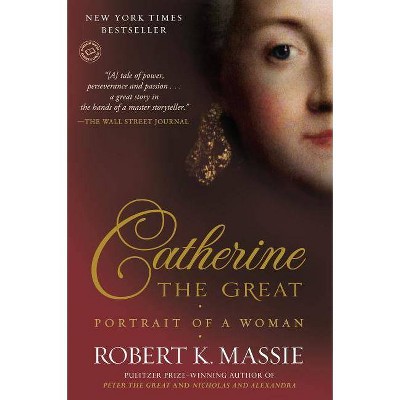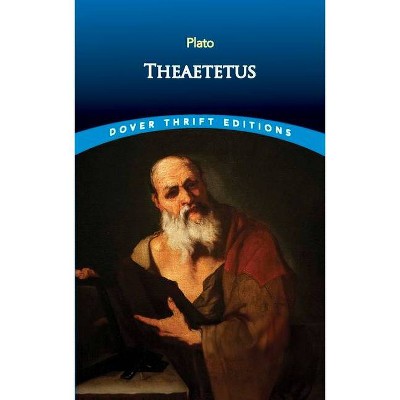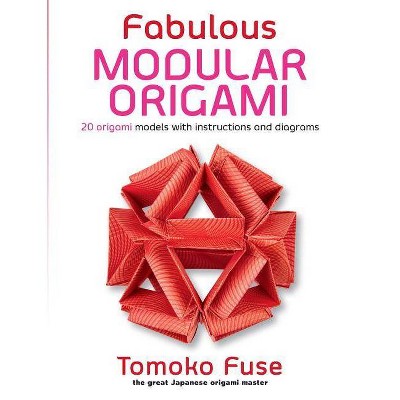Constructive Anatomy - (Dover Anatomy for Artists) by George B Bridgman (Paperback)
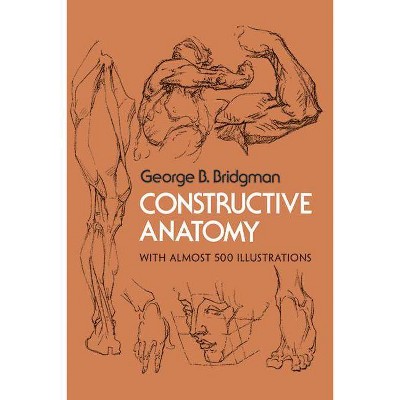
Similar Products
Products of same category from the store
AllProduct info
<p/><br></br><p><b> About the Book </b></p></br></br>Reference shows important parts of the human body, both in motion and in repose: hand, wrist, fingers, forearm, neck, thigh, leg, and more. "Best book on artist's anatomy."<i> -- Art Students League News</i>.<p/><br></br><p><b> Book Synopsis </b></p></br></br><p>"Excellent. The most valuable, detailed anatomical studies (which are also beautifully drawn) of all parts of the figure." -- <i>American Artist</i><br>"The best book on artist's anatomy available anywhere." -- <i>Art Students League News</i><br>Countless artists and students since the 1920s have used this and other books by George B. Bridgman (for nearly 50 years a teacher at the Art Students League in New York) for a solid foundation and understanding of human anatomy. They have found, and continue to find, that his unique way of discovering the vitalizing forces in the human form and realizing them in drawing carries the student pleasantly over one of art's most severe hurdles. Bridgman's superb anatomical sketches, of which there are nearly 500 in the book, also bring clearly to fruition his lucid theories of how to draw the human body in its structure and its complex movements.<br><i>Constructive Anatomy, </i> an anatomical reference guide for the working artist, sculptor, and student, graphically shows important parts of the human body, both in motion and in repose -- hand, wrist, thumb, fingers, forearm, arm, armpit, shoulder, neck, head, eye, nose, ear, mouth, chin, trunk (front, side, and back), pelvis, hip, thigh, leg, knee, ankle, foot, and toes. Drawings of bone and muscle structure of the working of the joints and the interrelation of the various parts of the body are mainly concerned with movement of all sorts -- movements that are described in detail as well as illustrated. The bending, twisting, and turning, creasing and interlocking of the various parts of the body are represented in drawing as the wedging of masses in specific ways that are clearly defined by Mr. Bridgman.<br>Every artist will save tedious hours of research with this simple but effective approach, and will be delighted with its directness and fervor.</p><p/><br></br><p><b> From the Back Cover </b></p></br></br><p>"Excellent. The most valuable, detailed anatomical studies (which are also beautifully drawn) of all parts of the figure."--<i>American Artist</i><br>"The best book on artist's anatomy available anywhere."--<i>Art Students League News</i><br>Countless artists and students since the 1920s have used this and other books by George B. Bridgman (for nearly 50 years a teacher at the Art Students League in New York) for a solid foundation and understanding of human anatomy. They have found, and continue to find, that his unique way of discovering the vitalizing forces in the human form and realizing them in drawing carries the student pleasantly over one of art's most severe hurdles. Bridgman's superb anatomical sketches, of which there are nearly 500 in the book, also bring clearly to fruition his lucid theories of how to draw the human body in its structure and its complex movements.<br><i>Constructive Anatomy, </i> an anatomical reference guide for the working artist, sculptor, and student, graphically shows important parts of the human body, both in motion and in repose--hand, wrist, thumb, fingers, forearm, arm, armpit, shoulder, neck, head, eye, nose, ear, mouth, chin, trunk (front, side, and back), pelvis, hip, thigh, leg, knee, ankle, foot, and toes. Drawings of bone and muscle structure of the working of the joints and the interrelation of the various parts of the body are mainly concerned with movement of all sorts--movements that are described in detail as well as illustrated. The bending, twisting, and turning, creasing and interlocking of the various parts of the body are represented in drawing as the wedging of masses in specific ways that are clearly defined by Mr. Bridgman.<br>Every artist will save tedious hours of research with this simple but effective approach, and will be delighted with its directness and fervor.</p><p/><br></br><p><b> About the Author </b></p></br></br>Canadian artist George Brandt Bridgman (1865-1943) studied at the École des Beaux Arts in Paris and taught at New York City's Art Students League. Generations of students have learned the principles of anatomy and figure drawing from his books, which rank among Dover's most popular art instruction texts.
Price History
Cheapest price in the interval: 9.99 on March 10, 2021
Most expensive price in the interval: 9.99 on November 6, 2021
Price Archive shows prices from various stores, lets you see history and find the cheapest. There is no actual sale on the website. For all support, inquiry and suggestion messagescommunication@pricearchive.us
